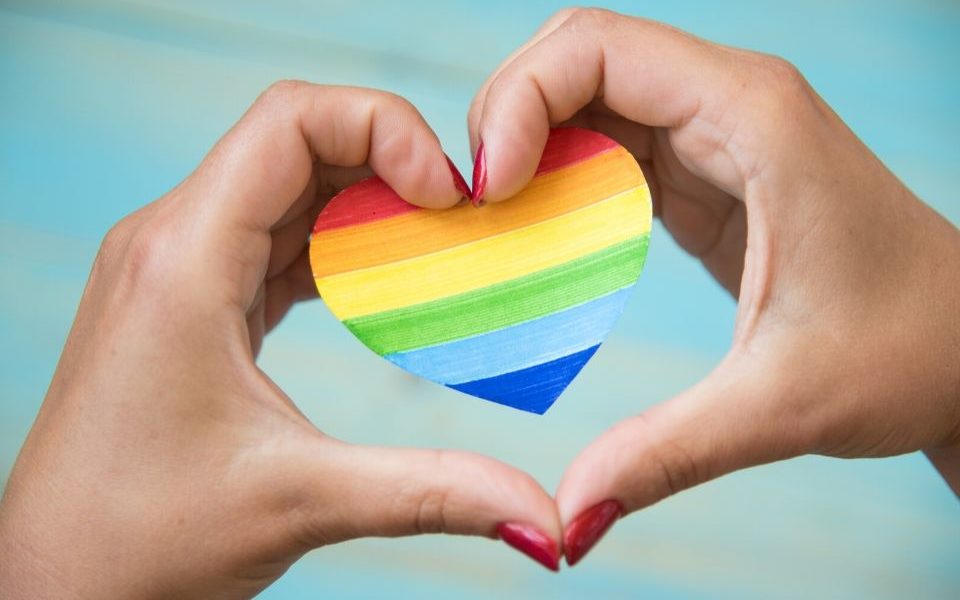CLC is committed to increasing positive outcomes for lesbian, gay, bisexual, transgender, queer, and questioning youth in foster care through increased education, stakeholder and community engagement, and policy and practice change. We include pronouns in our email signatures to let people know how they should refer to us and to signal that we work to include and respect all people’s identities.
WHAT ARE PRONOUNS?
Pronouns are used in everyday conversation to refer to oneself (“I” or “you”) and others (“she,” “he,” or “them”).
HOW MANY PRONOUNS ARE THERE?
Lots! The most common ones in the English language are he/him, she/her, and they/them. Others include ze/zir, xe/xim, she/they, and he/they. There are an infinite number of pronouns people can choose. Some people also choose not to use pronouns at all and prefer to be called by their name.
WHY DO PRONOUNS MATTER?
People frequently use pronouns when speaking about others, whether we realize it or not. Often, we use pronouns based on generalizations we make about others. For example, someone might say, “Look at that person over there. I like her hair.” Generally, most of us have been socialized to associate she/her pronouns with girls/women and he/him pronouns with boys/men. We often use these pronouns based on someone’s name or appearance. But these associations are not always accurate or helpful. Even if one’s assumption is correct, it may send a hurtful message: a person has to look a certain way to be “read” or understood as a particular gender.
Being misgendered (referred to by the incorrect pronouns) can be damaging: it can cause mental or emotional harm, and can lead to self-harm, or even suicidal ideation. A person may also become the victim of physical harassment if they are misgendered. To build a culture that readily asks or provides pronouns is one that is committed to inclusion and respect.

